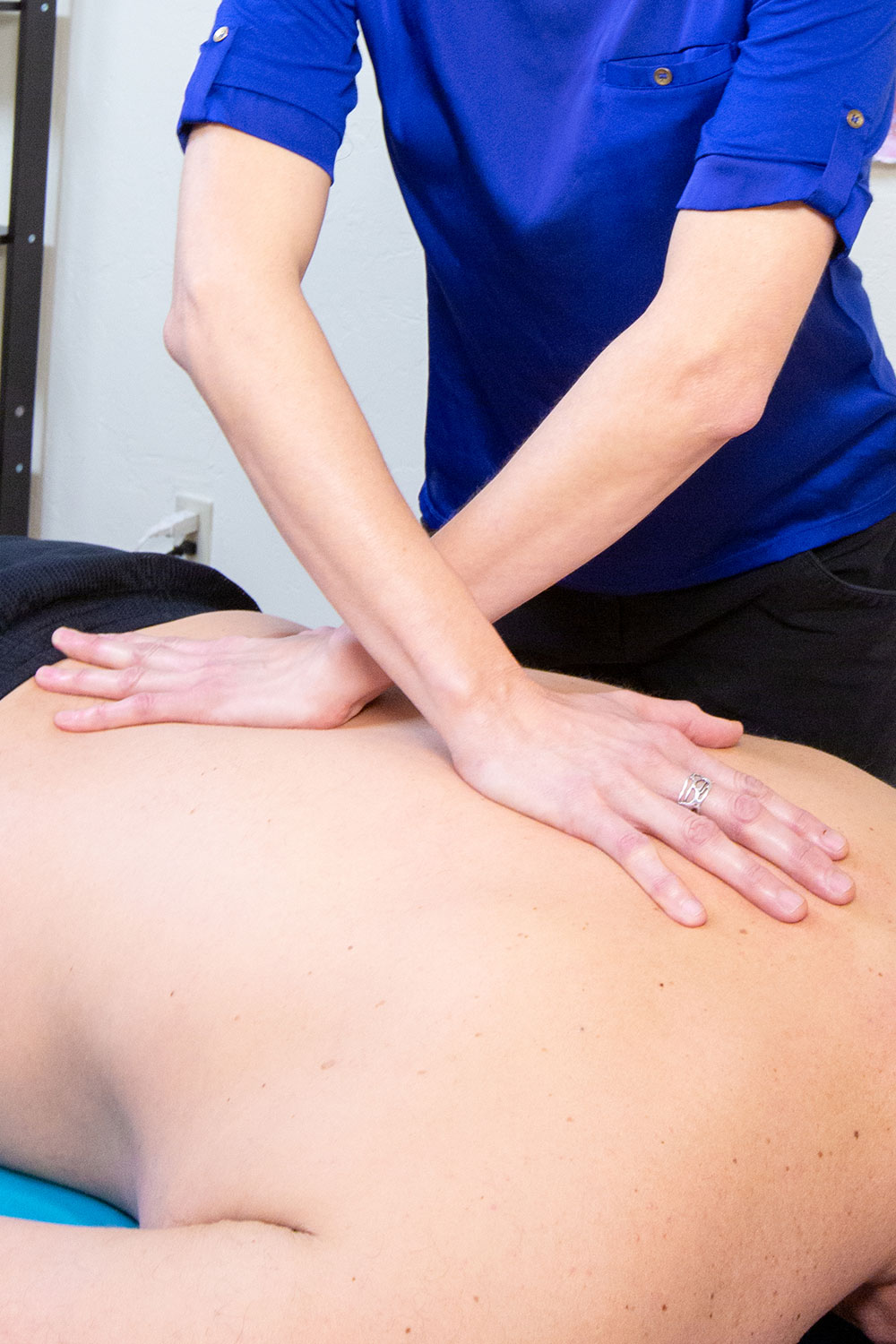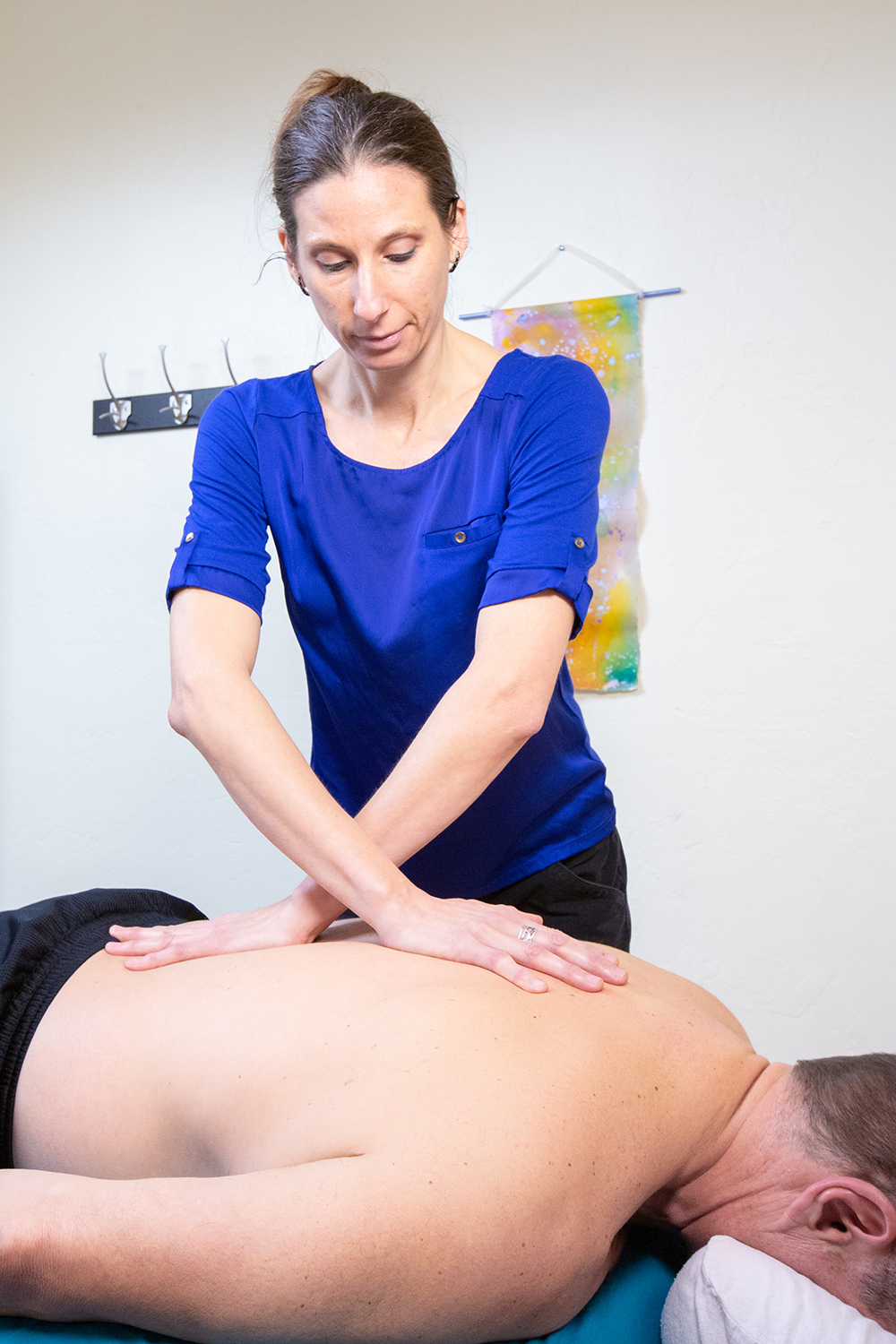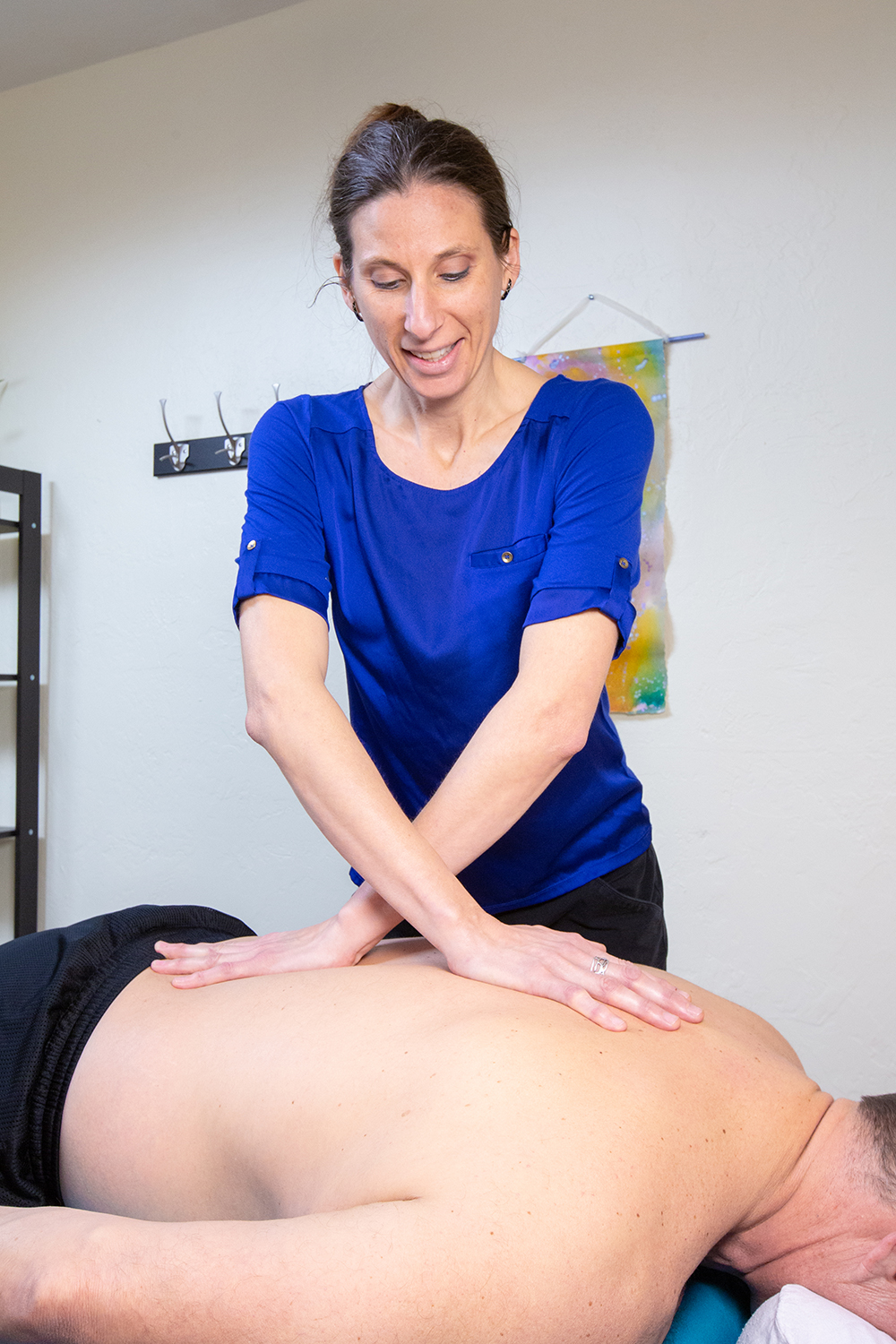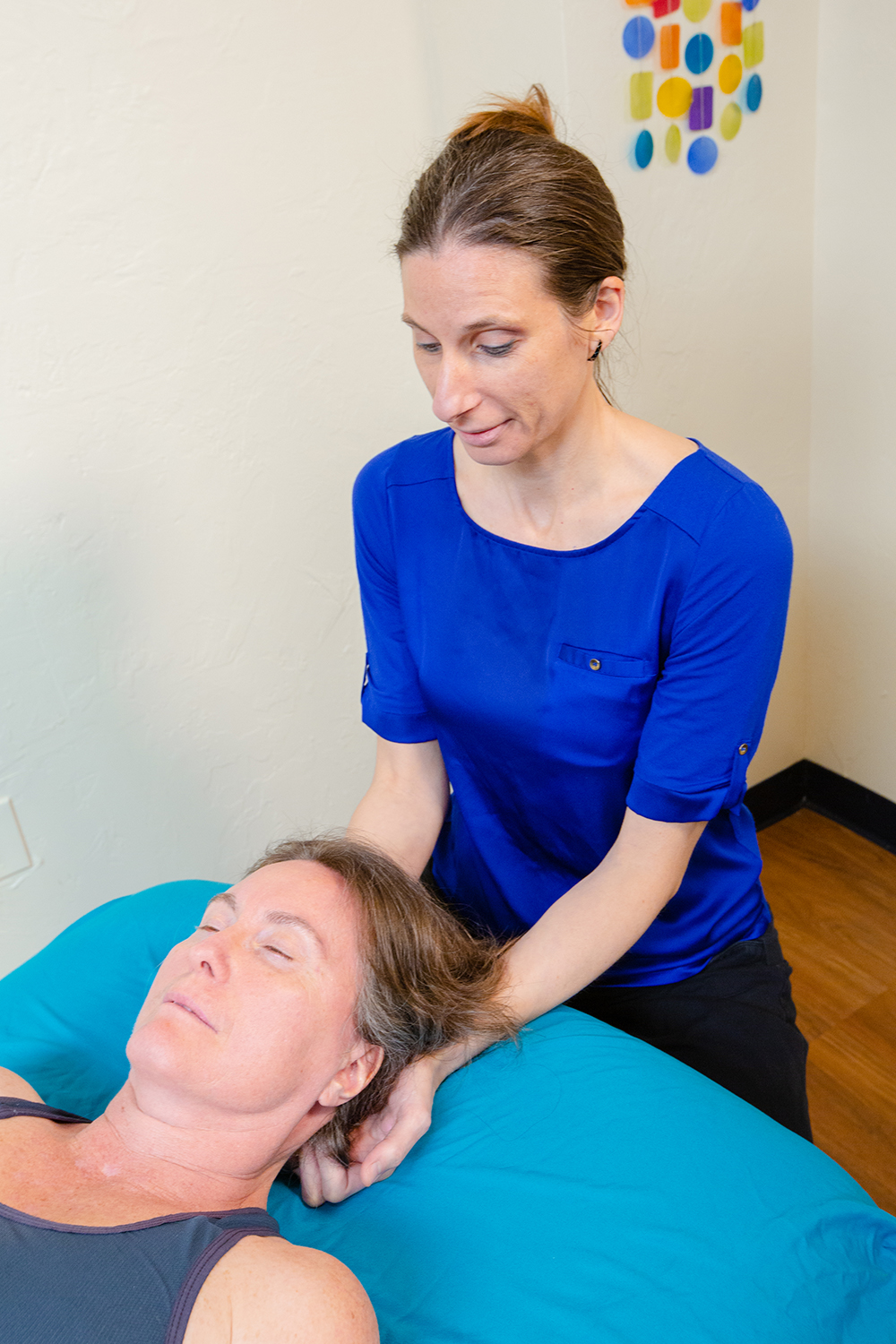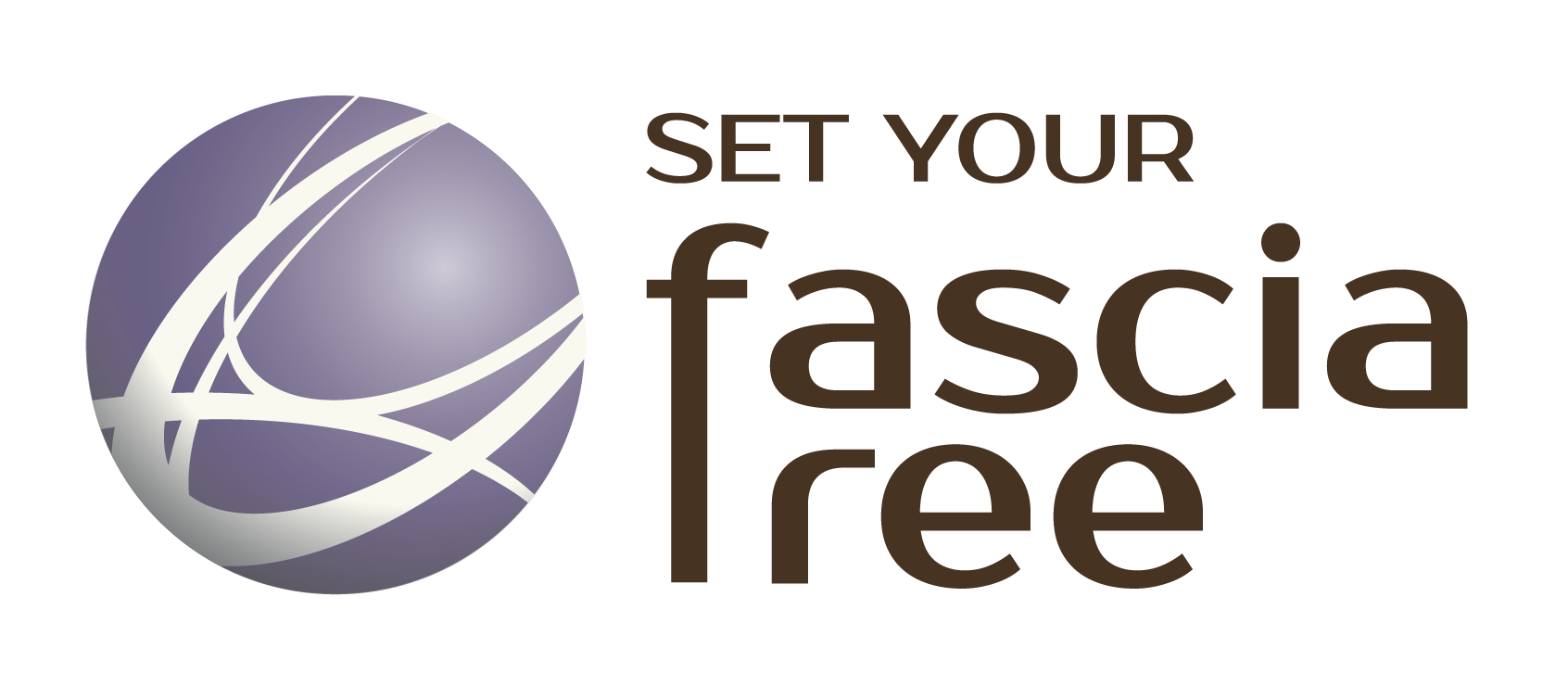What is Myofascial Release?
Myofascial Release (MFR) is a form of hands on connective tissue work which addresses the mind and body. Over time, the connective tissue of the body becomes tight and constricted, holding onto and storing memories due to trauma, stress, injury, surgery, inflammation, and poor posture, all of which can lead to pain, imbalances, decreased function, and a poor quality of life. Myofascial Release therapy combines the art and science of healing by creating a safe and sacred space for physical and emotional releases, which lead to more freedom and balance within.



In depth definition of MFR
In order to understand what myofascial (myo=muscle, fascia=connective tissue) release is, one needs to understand what fascia is. Fascia is a living, connective tissue that is found in all nerves, arteries, veins, organs, and muscles, down to the cellular level as it permeates these structures. Thus, it has no ending nor a beginning—it is uninterrupted tissue. If one were to remove all bones, muscles, organs, skin, and other tissue in the body but keep the fascia, what would be left is a human form with well-defined parts including the ears, nose, and eye orbits. Fascia is primarily composed of elastin fibers, collagen fibers and ground substance (or matrix). Elastin has elastic properties and is similar to a rubber band. Collagen is more dense and fibrous and has a tensile strength of up to 2,000 pounds per square inch, which means not only does it withstand this significant amount of force, but also produce this amount of force on other structures. Collagen does not stretch or give as readily as elastin does which means traditional stretching does not affect the collagen. The cells of the body are bathed in the ground substance (matrix) which has a consistency similar to raw egg whites. It is optimal to maintain the appropriate consistency of this fluid for best cellular health.
It helps to view fascia as a spider web or a cable knit sweater. When pulling on a corner, one can see the pulling that occurs in other areas. The same is true of fascia. A force or pull that is generated at the top left corner can create an effect at the bottom right, bottom left, top right, or anywhere in the web. When we experience trauma or stress—physical, mental, and/or emotional—our fascia begins to bind down, tighten, and squeeze out the water, leaving behind a dried out or dessicated ground substance (matrix). This leads to a build-up of toxins in the cells and less than optimum cellular function. It is comparable to wringing out a washcloth and leaving it to dry for several hours. When one picks it up, the washcloth is “crispy,” non-pliable, and lacking one of the most vital substances known to man-water. The binding down, tightening, and drying-out creates mechanical forces that subsequently “pull” on the tissues that fascia permeates, including nerves, arteries, veins, organs, and muscles. These forces over time can lead to adhesions, scarring, and structural changes which, in turn, can lead to pain and dysfunction.
What does MFR do for the body?
Conditions Helped by MFR
Myofascial Release (MFR) helps a myriad of ailments. If you experience any of the conditions below, consider contacting Gina today.
adhesions
allergies/asthma
arthritis
back pain
birth injuries
bladder problems
(stress/urge incontinence, leakage)
bursitis
carpal tunnel
chronic fatigue
chronic pain
disc problems
emotional trauma
fibromyalgia
frozen shoulder
headaches
jaw pain
(TMJ)
migraines
mood disorders
(irritability, depression, anxiety)
myofascial pain syndrome
neck pain
neurological dysfunction
painful scarring
pelvic floor dysfunction
pelvic pain
plantar fasciitis
rotator cuff injury/tear
scars
sciatica
scoliosis
sports injuries
stiff or frozen joints
tennis elbow
whiplash
women’s health issues
(breast implant/reduction scars, cervicalgia, coccxygeal pain, episiotomy scars, infertility, menstrual problems, urinary incontinence, vulvadynia)
What is a treatment like?
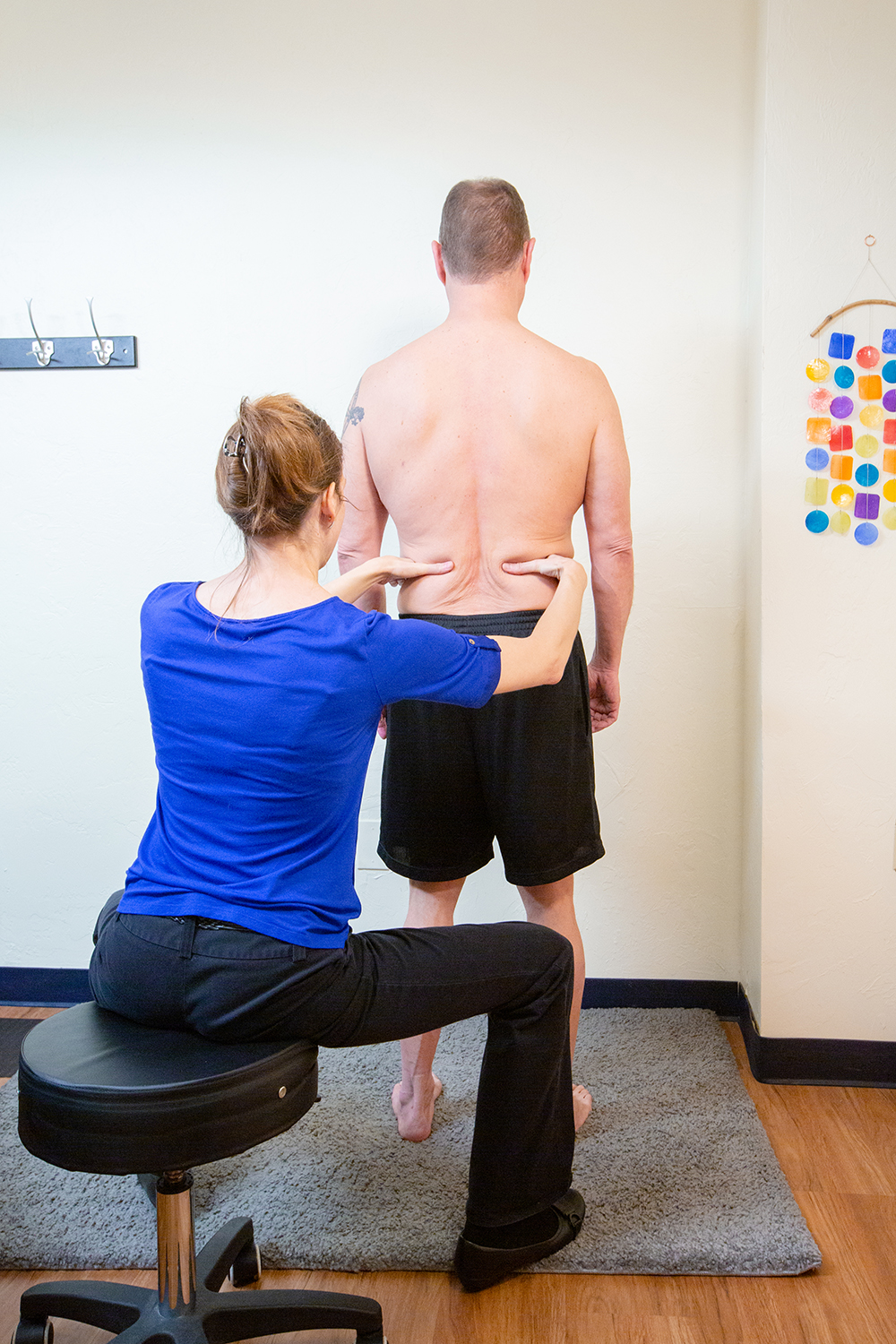
A myofascial release therapist assesses the body for any areas that are hot, hard, or tender, which can indicate fascial restrictions.
